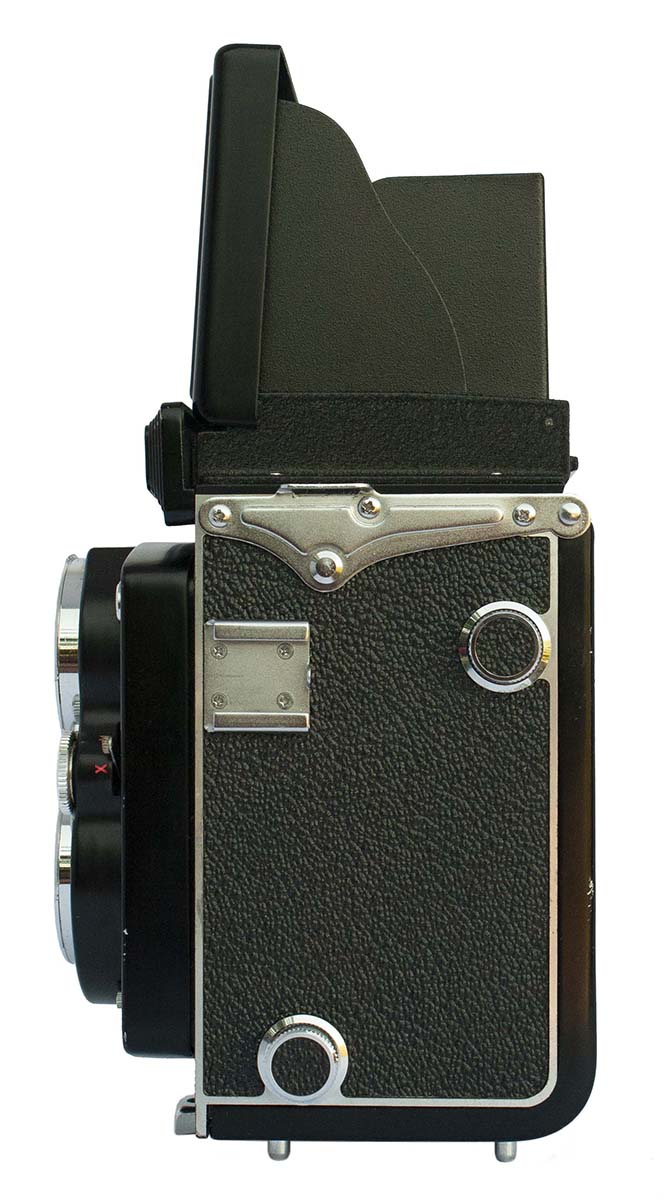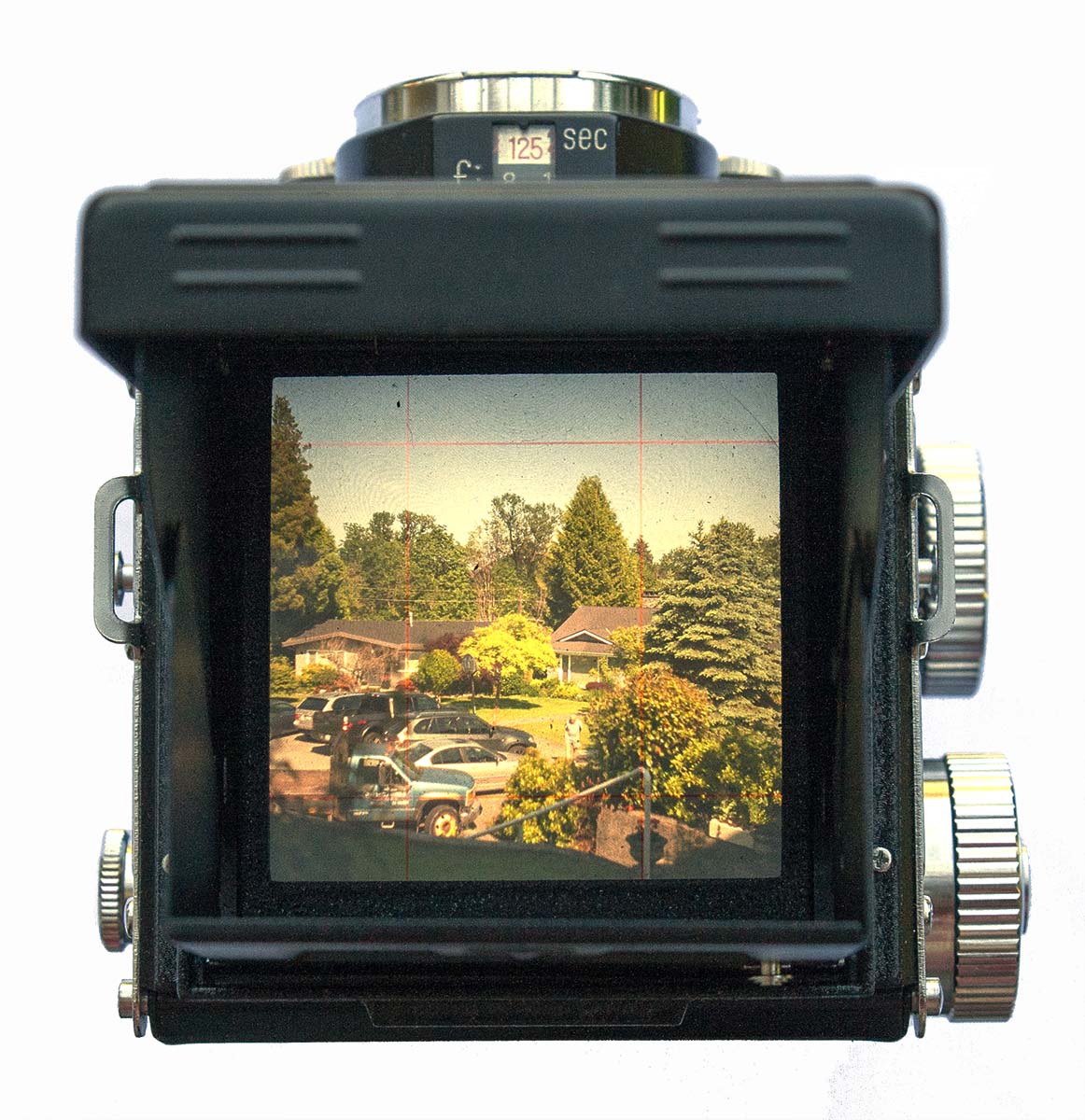This is the Yashica D I acquired in the last several days. You can see that it is in excellent condition.
That’s the problem with collecting, isn’t it: like a sweet tooth, once you get a taste you can’t stop. I just wrote about buying a Yashica A twin lens reflex for reasons of nostalgia. I had one as a teenager and remember with fondness using it. And here I am using one again. But that is not the collecting part.
I was on Craig’s List the other day and found a gentleman selling an assortment of cameras his father had and in that group of cameras was a Yashica D. I went to see these cameras and the price on the Yashica was excellent. What was I to do? I bought it. It was not my fault, really! Now I have a Yashica A and a D. Well, what about B and C? And is there an E? (Yes, yes there is an A, a B and an E. Hmmmm……) You see what I mean about collecting.
Once I had my new treasure cleaned up I began doing a little research to learn more about the Yashica TLR’s. It is interesting that Yashica did not really record much about its early history and production records or those records
have been lost over the years. So collecting these cameras is a challenging undertaking.
In my reading I came across a website that is full of excellent information: http://www.yashicatlr.com/. If you are interested in Yashica Cameras this website is an absolute “must” read.
The Yashica D is very like the Yashica A but it was a more expensive model that came out about the same time. It uses 120 film giving 12 6 x 6 cm images. The production dates are approximately 1958 through 1974. Early copies of this camera had the Yashikor 3 element 80mm f 3.5 but later versions had the improved 4 element Yashinon. The later versions also had a Yashinon f 2.8 viewing lens to give a brighter image in the viewfinder. This is what I have.
The left side has the “cold” shoe. A camera strap attaches to the silver bar at the top on both sides.
Besides the better lens, the improvements are in the range of control this camera provides. F stops are still 3.5 to 22 but shutter speeds run from 1 second to 1/500th. This is a considerable improvement on the Model A’s 1/25th to 1/300th. The shutter and f stop are set by turning small wheels on either side between the two lenses.
My new camera has the f 2.8 viewing lens and the ground glass is noticeably brighter. This makes focusing easier however, for accurate focus, the magnifying glass should be used.
In most other respects this camera and the Model A look and feel alike. They both have a solid enjoyable feel in use. Although they are copies of more expensive German cameras they are not cheap knock-offs. These are quality cameras.
Details of my Model D are:
| Collection No.: | C-299 |
| Serial No.: | D0110071 |
| Taking Lens: | Yashinon 80mm f 3.5 |
| Viewing Lens: | Yashinon 80mm f 2.8 |
| Condition: | Overall excellent, Lenses clear, scratch free, fully functional. |
| Comments: | This camera is not yet film tested but it will be before long. The only problem this camera has is a sticking self timer. It works but it sometimes needs a little push. Being a clockwork mechanism it is probably a little gummed up by dust and/or thickened lubricant. |

















